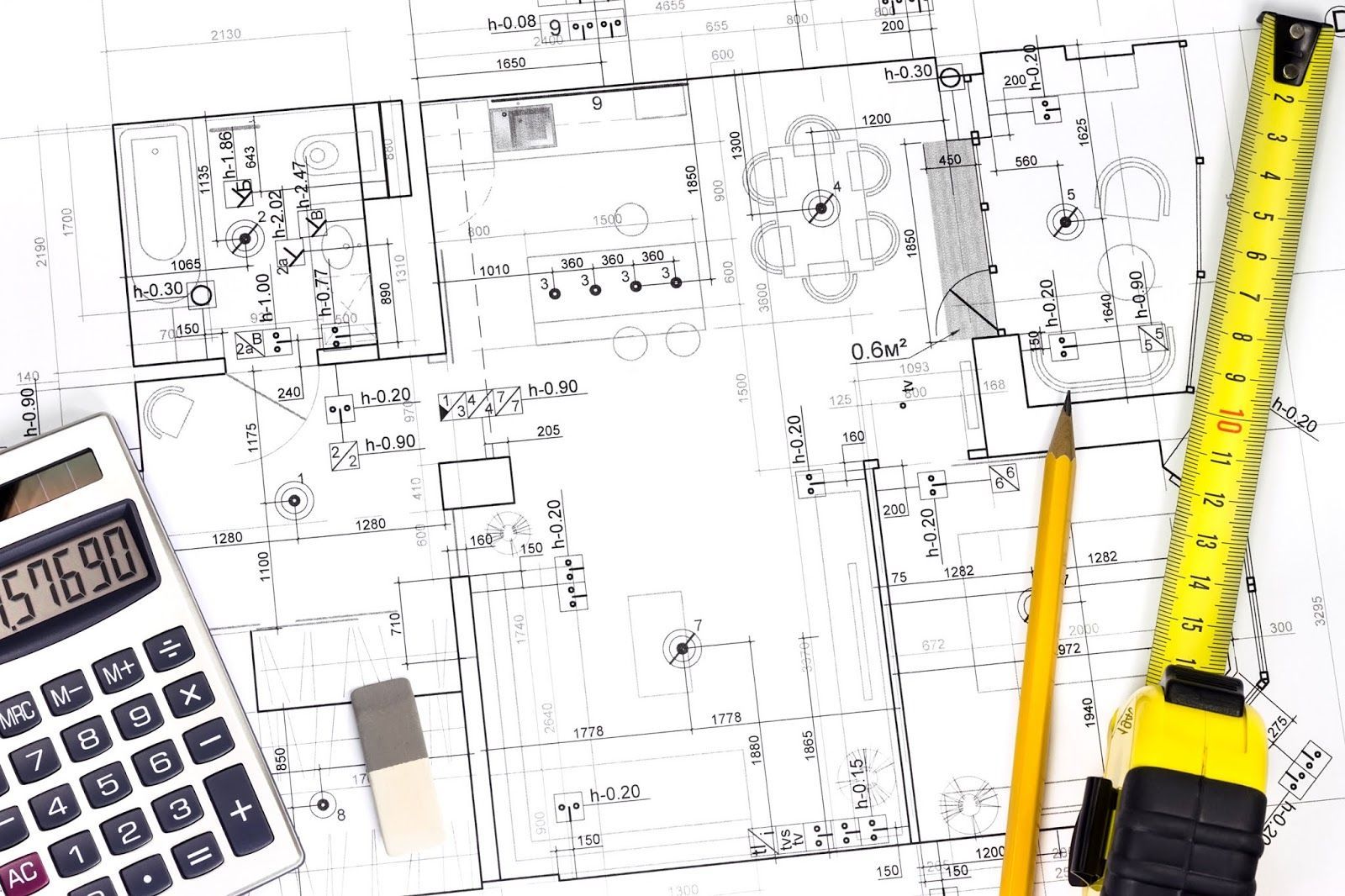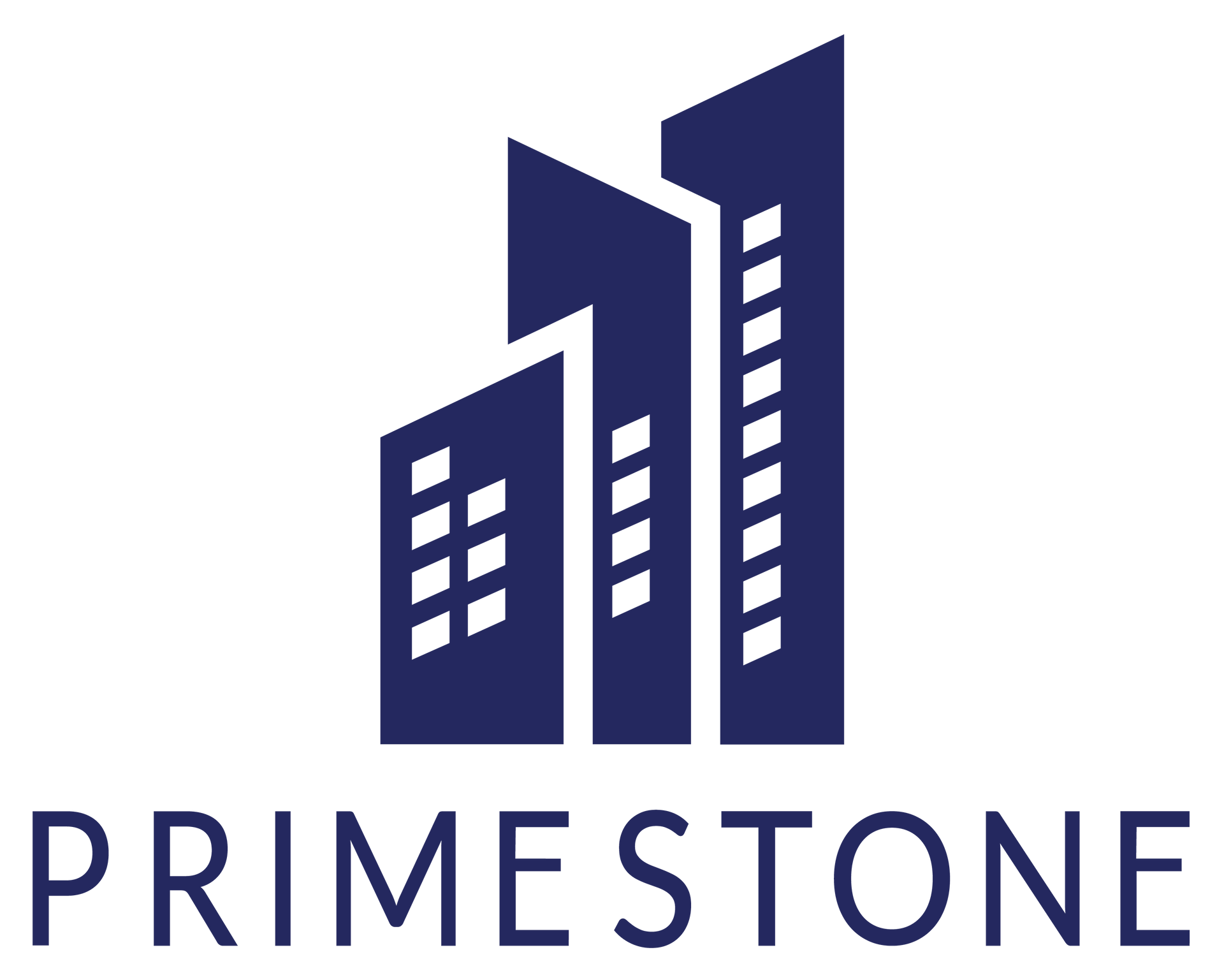Navigating the Storm: Protecting Projects Amid Funding Cuts
6 Strategies for Construction Stakeholders Amidst Policy Shifts
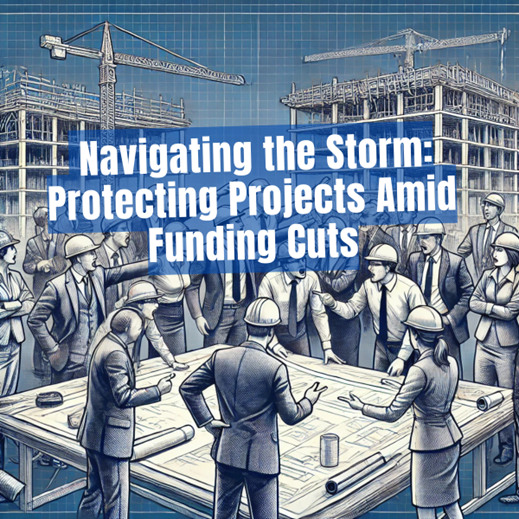
In today's dynamic construction landscape, stakeholders including contractors, architects, engineers, and legal professionals are facing increasing challenges due to shifting federal policies and funding uncertainties. Recent developments, such as changes in infrastructure funding and policy directives, have heightened concerns about project continuity and financial stability. It's crucial to understand the potential impacts and proactively strategize to mitigate risks.
Understanding the Current Landscape
Recent legislative actions have introduced significant changes affecting construction projects nationwide. For instance, the Infrastructure Investment and Jobs Act (IIJA) allocated substantial funds for infrastructure development, but its implementation has encountered delays and policy revisions. According to reports, by May 2024, the IIJA had catalyzed $454 billion in public infrastructure spending, yet many projects remain unallocated, leading to uncertainty.
Additionally, policy shifts such as the recent decision to rescind environmental justice considerations in infrastructure planning have added complexity to project evaluations. Transportation Secretary Sean Duffy's reversal of these policies has left many projects in limbo, awaiting new guidelines.
The impact to you will depend on where your firm is in the project lifecycle. For example, if you have a design contract that gets cancelled or delayed
then you probably have a claim for added reimbursement. If your construction contract gets terminated, delayed or substantially reduced in scope then again there will be a basis for submitting claims.
Immediate Steps for Affected Stakeholders
- Assess Project Status and Contracts: Review all current contracts and project statuses to identify potential vulnerabilities. Pay close attention to clauses related to funding contingencies, changes in law and termination rights.
- Engage with Legal Counsel:
Consult with legal experts specializing in construction and government contracts to understand your rights and obligations under the current circumstances.
- Communicate with Clients and Partners: Maintain transparent communication with all stakeholders. Discuss potential impacts on project timelines, budgets, and scopes, and collaboratively develop contingency plans.
- Monitor Legislative Developments: Stay informed about legislative actions and policy changes that may affect project funding and execution. This includes tracking new bills, amendments, and administrative decisions.
- Document Everything: Keep meticulous records of all communications, decisions, and changes related to affected projects. This documentation will be invaluable in resolving disputes and supporting claims. Cost records are important and will be needed if claims are submitted.
- Explore Alternative Funding Options: Investigate other funding avenues, such as state programs, private investments, or public-private partnerships, to mitigate the impact of federal funding uncertainties if this option is available.
Looking Ahead
While the current environment presents challenges, proactive and informed strategies can help stakeholders navigate uncertainties. By staying vigilant, engaging with experts, and maintaining open lines of communication, the construction industry can adapt to these changes and continue to thrive.
Conclusion
In these challenging times, The Primestone Group is committed to assisting stakeholders in navigating the complexities of government contracting and compliance. If you're facing project uncertainties or require expert guidance, please click here to learn more about our specialized services. Feel free to reach out to us at inquiries@theprimestonegroup.com for personalized assistance.
*Note: The construction industry is continually evolving, especially in response to policy and funding changes. It's essential to consult with experts and stay updated on the latest developments to effectively manage your projects.*
